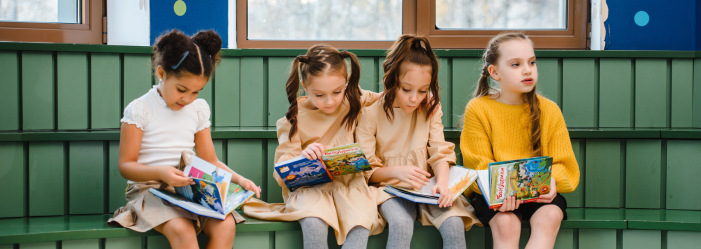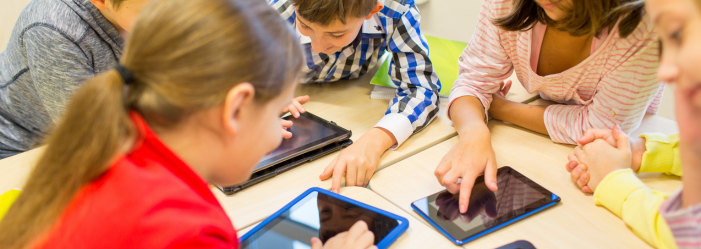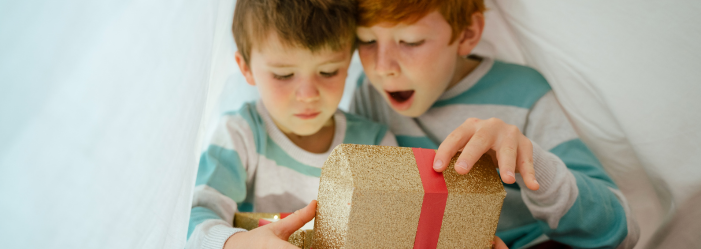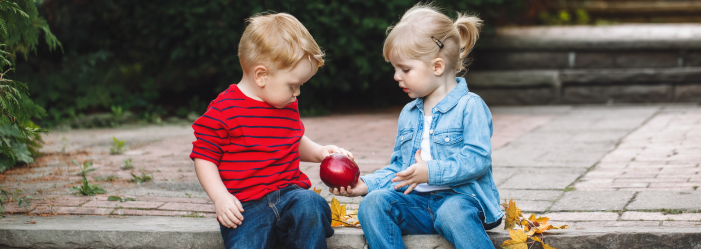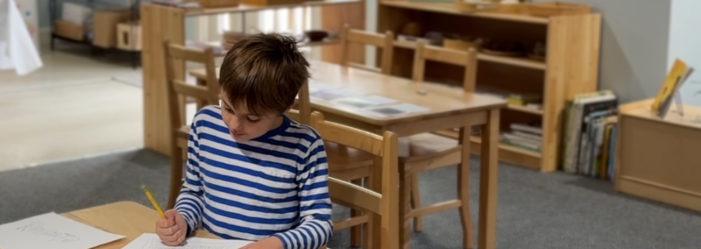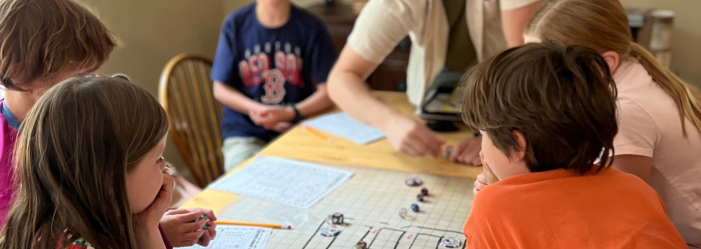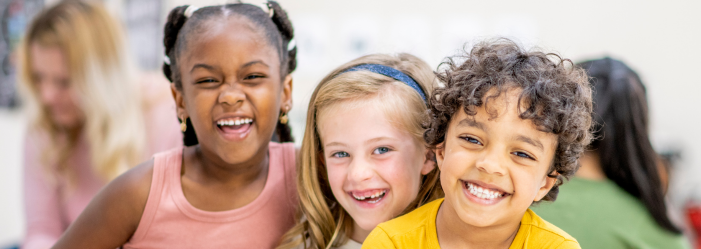Learning Language Through Culture, Not Flashcrds
Why immersive, culturally rich experiences ignite language learning and how your child can dive in . . .
You sit at the kitchen table with your child, flashcards in hand. Perro, gato, árbol . . . you go through the stack, again and again.
She says the words.
You correct the pronunciation.
You both try to stay focused and present.
But by the next day, those carefully repeated words are gone. They float off like leaves in the wind, untethered from anything solid. You wonder,
Was anything actually learned?
Now picture this: your child is in the kitchen, mashing avocados for a snack. She’s laughing, squishing the green flesh between her fingers, repeating after you:
aguacate, limón, sal. A few days later, she walks in confidently and asks for an
aguacate sandwich.
No flashcards. Just flavor, fun, and a phrase that stuck!
That’s the difference between memorizing a language and living it.
What’s Missing from Flashcards?
Flashcards and vocabulary apps can help with exposure, and they can be useful in short bursts, but they rarely lead to lasting fluency, especially for young learners. That’s because flashcards focus on words in isolation, stripped of the emotion, rhythm, and context that make language meaningful and memorable.
Children are natural pattern-seekers and emotional learners. They retain information best when it’s tied to action, feeling, story, or relevance to their world. Think about it: a child may struggle to recall the word for “apple” from a stack of cards, but if she hears it during a snack-time story about a girl climbing an
árbol to reach her favorite
manzana, she’s far more likely to remember it.
Flashcards train short-term memory. They often lack cultural nuance, conversational flow, or even basic context. A card that says “shoe - el zapato” doesn’t tell a child when or how to use the word, or why it might matter in real life, but asking for her to put on
zapatos before going outside to play? That makes it real.
Real language learning taps into curiosity, movement, culture, and joy. That’s where transformation happens.
Culture Is the Key to Lasting Language Learning
Language isn't just a collection of words, it’s a window into how people eat, play, celebrate, and make sense of the world. For children, cultural immersion doesn’t just enrich learning, it transforms it.
When a child kneads dough for homemade empanadas, learns to salsa dance, or reenacts a folktale with friends, they’re not just absorbing vocabulary, they’re connecting language to joy, tradition, and identity. The word
bailar isn’t just a verb on a worksheet, it’s the energy they feel in their body during a dance circle.
This approach is deeply rooted in both immersion-based education and Montessori philosophy. Language, when taught in multisensory, real-world settings, becomes more memorable and meaningful. When vocabulary is tied to emotion, story, taste, movement, and rhythm, it sticks, and it belongs to the learner.
A Moment That Says It All
Picture this: your daughter walks up to the table at a family event and confidently says, “¿Puedo tener pan con tomate, por favor?”
She nails the pronunciation, not because she practiced with flashcards, but because she remembers making the dish in her workshop group. She recalls the juicy tomatoes she helped slice, the smell of fresh garlic, and the Spanish words taught alongside a story about Catalan traditions.
That phrase now lives in her memory as part of an experience. She owns it, and that ownership doesn’t come from drills, iIt comes from connection.
That’s the magic of culture-first learning!
Simple Ways to Bring Language to Life at Home
Even if your child isn’t in an immersion program, you can create powerful moments of connection and learning at home. These five strategies offer meaningful engagement for any age:
1. Cook together using Spanish
Choose a simple cultural recipe like guacamole, arroz con leche, or Spanish tortilla. As you prep, say the words for each ingredient in Spanish. Label ingredients with sticky notes. Invite your child to call out the steps aloud or help you “teach” the recipe in Spanish to another family member.
Younger kids can practice naming and matching ingredients, while older children might help translate a simple recipe. These shared moments around the table combine language, memory, and warmth, the perfect recipe for retention.
2. Read and act out bilingual stories
Pick folktales or picture books from Spanish-speaking cultures. Start with English, then introduce Spanish lines or phrases. Use silly voices, puppets, or act out scenes with props. Repetition through storytelling and drama helps new vocabulary settle into long-term memory.
For more advanced learners, challenge them to rewrite a story ending or perform a puppet show using Spanish dialogue. This turns passive learning into expressive, creative use.
3. Play movement-based games
Try “Simón dice” (Simon Says), a scavenger hunt with Spanish clues, or musical freeze dance with commands like
¡Salta! (Jump!) or
¡Corre! (Run!). These games connect language to muscle memory.
Create variations based on seasons or themes, indoors or outdoors. For example, during winter:
“Busca algo caliente.” Or a summer version:
“Toca algo amarillo.” Kids love the challenge, and their brains love the movement.
4. Set up a mini culture corner
Create a small home space with books, music, art, or items from Spanish-speaking countries. Rotate themes weekly: food, animals, holidays, or nature. Invite your child to curate what goes in the space. Include postcards, maps, a playlist of folk songs, or craft materials inspired by cultural traditions.
You can also create a calendar of cultural holidays and build mini-units around them, like Día de los Muertos, Carnaval, or Las Fallas. These experiences tie language to memory, meaning, and celebration.
5. Make Spanish part of your daily routine
Say
“¡Buenos días!” each morning, label lunchbox items in Spanish, or sing a goodnight lullaby like
“Duérmete mi niño.” Simple rituals add up over time. They also create a sense of comfort and confidence in using the language informally.
Give everyday objects names in Spanish. Make a habit of asking for a toothbrush (cepillo de dientes) or water (agua) in Spanish. These micro-moments of practice build comfort and fluency in real-life scenarios.
What If I Don’t Speak the Language?
One of the biggest concerns we hear from parents is, “How can I help my child if I don’t speak Spanish?” The good news is, you absolutely can. In fact, your role might be more powerful than you think.
Start by modeling curiosity and a willingness to learn alongside your child. It’s powerful for children to see that learning never stops and that it’s okay to make mistakes. You might say, “I don’t know how to say that yet, let’s look it up together!”
Use audio tools like Spanish-language playlists, podcasts, or children’s audiobooks. Even if you’re unsure of the words, listening together builds a shared experience. Many families build language into car rides or morning routines this way.
You can also engage in shared activities like watching Spanish cartoons with subtitles, repeating vocabulary during cooking, or playing bilingual games. The goal isn’t perfection, it’s partnership. Your child will remember your presence more than your pronunciation.
Did You Know?
In some regions of Spain, “pan con tomate” is more than a food, it’s a cultural ritual. Bread is toasted, rubbed with garlic, drizzled with olive oil, and topped with crushed tomato. It’s served at family gatherings, morning cafés, and holiday meals. Learning the language through food brings tradition to the table, and builds bonds across generations.
The Language Explorers Workshop: Where It All Comes Together
If you’re ready for a deeper experience, the Language Explorers Workshop offers a meaningful next step.
Designed for kids ages 6 to 14, this immersive program blends language, culture, and creativity into every session. Each week explores a different theme: family, food, animals, holidays, weather, and introduces vocabulary, phrases, and conversation through hands-on activities.
A typical session might begin with a warm-up game, followed by a cooking or art project inspired by a Spanish-speaking culture. During a “Weather Week,” children learn key phrases by creating weather wheels, singing songs about the seasons, and acting out a story about animals preparing for a storm.
Storytelling is a cornerstone of the workshop. Children listen to, retell, and sometimes help rewrite folktales from Spanish-speaking cultures. In one session, students bring
La Llorona to life with flashlights, costume props, and sound effects, all while learning how to describe people and emotions in Spanish.
Role-play and dialogue activities give learners the chance to practice using new vocabulary in real-life scenarios. Whether “shopping” at a pretend market, ordering at a mock café, or introducing themselves at a fiesta, children build confidence and flexibility with language in context.
What makes this program unique is the way it honors culture, not just content. Kids aren’t just memorizing words, they’re becoming explorers, storytellers, and cultural ambassadors. They leave each session with new vocabulary and a sense of belonging to something bigger than themselves.
Spots are limited for the upcoming cohort. Visit our site to enroll or schedule a free info session.
Connection Over Memorization
Flashcards can support learning, but they’re no substitute for connection. When kids experience a language through real moments, it becomes part of who they are.
Language is more than a skill. It’s a doorway into stories, flavors, music, and memory. When learning is rooted in culture, it’s not just remembered, it’s cherished.
And that’s the kind of learning that lasts a lifetime.
Reach out to to learn more about Language Explorers Workshop by emailing: michelle.mcjunkin@sandwichmontessori.org . . . The immersive workshop runs on Mondays during the school from 9:00 - 1:00 and we’d love to welcome you for the upcoming school year!

